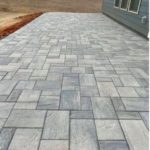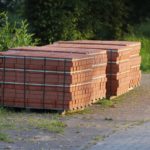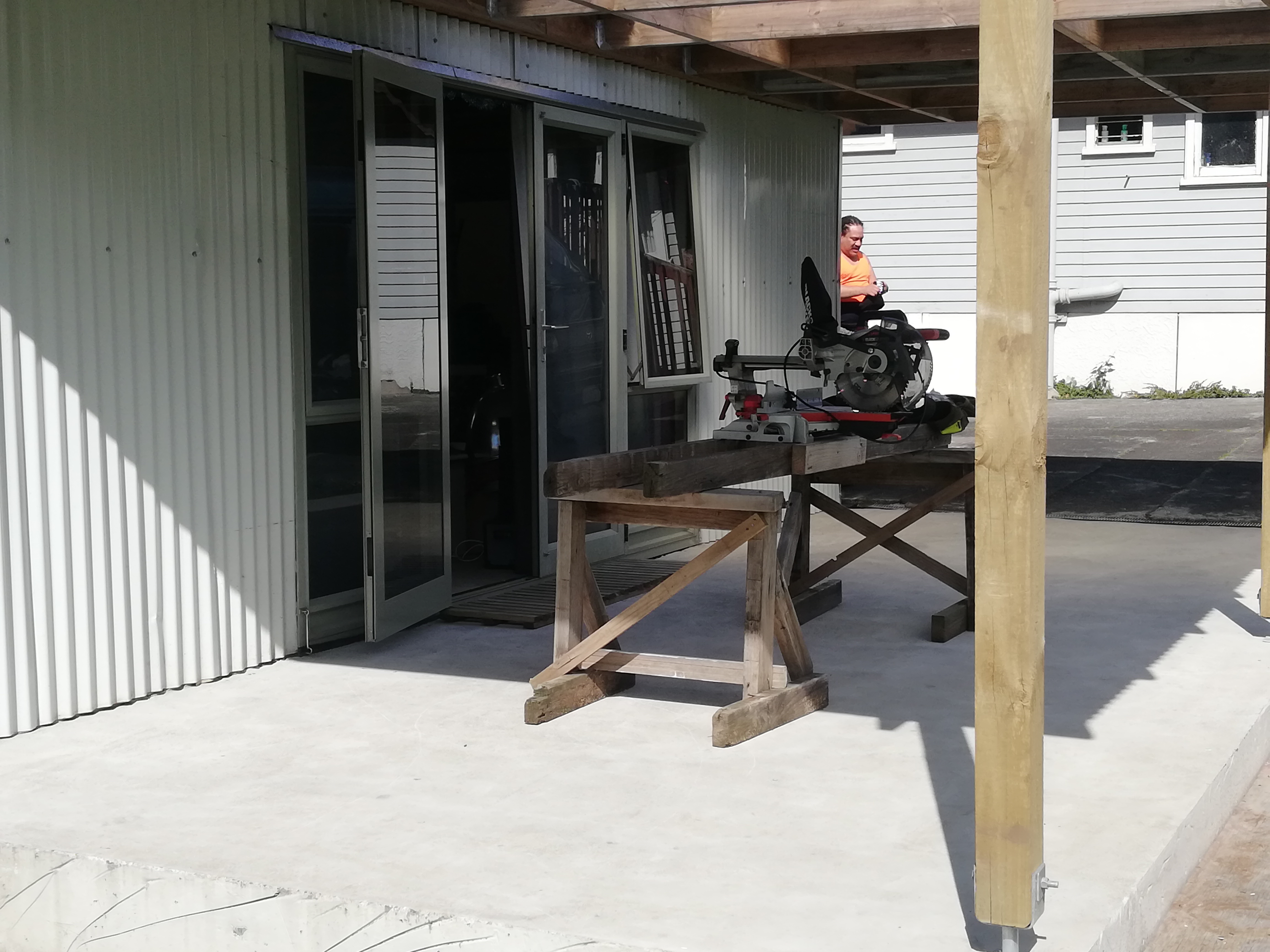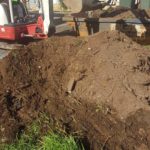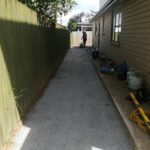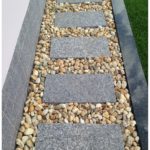How to create amazing landscaping
Projects NZKiwitrader
Projects NZKiwitrader showcases our recent paving and concreting work across South & East Auckland. We build durable driveways, paths, patios and small slabs with tidy finishes and clear communication from start to finish. In addition, we price transparently so you always know what’s included.
Recent driveways
These driveway projects include coloured, exposed and standard concrete. As a result, homeowners get strong surfaces that handle daily traffic and Auckland weather.

Paths, patios & courtyards
We pour neat paths and install patio slabs for outdoor living. Moreover, our prep includes proper base, levels and drainage, which keeps surfaces looking sharp over time.

Small slabs & repairs
From shed pads to step repairs, we handle small concrete jobs quickly and safely. Therefore, you can book one local team for prep, pour and finishing.
Where we work
Manukau, East Tamaki, Papatoetoe, Botany, Flat Bush, Pakuranga, Papakura, Pukekohe, Howick, Ōtāhuhu, Māngere and nearby suburbs.
Ready to start? Visit our Services or Contact NZKiwitrader for a fast quote. See more photos on our Google Business Profile.
One of a kind gardens are the creation of a great imagination, they don’t just happen, they’re the results of careful planning, observation and experience.
Carefully assess the landscape over the course of at least a full year observing the season and the types of seasonal changes that may happen before you commit to any major designs, changes or installations.
Watch how the sunlight covers and settles on your property, how water flows and settles, where additional privacy will be needed. Designing your landscape equipped with this knowledge can be the most rewarding feeling you’ll ever encounter. And beginning that shift of starting a fresh new year is the ideal time for getting started.
Try these five steps to creating a basic landscape design:
1. Create your Blueprint
Sketch your existing outdoor area and property lines, house placement, garage, driveways and footpaths. Start at the front corner of the house.
Using a tape measure, measure the distance out to the curb and across to the nearest property line, and draw it onto graph paper. (A scale of 2.5cm = 3m this works well, but choose whatever works for you and stay consistent throughout the process.) The larger the grid paper, the easier it will be to write in all your plans and ideas.
Continue measuring from all corners of the house to the property’s boundaries. Draw an arrow indicating north. Locate doors, windows, gas lines, electrical lines, cable utilities, trees, shrubs and any neighbouring features near the property boundary line that will affect your design, such as large trees, fencing and buildings.
2. Prepare a site analysis
create a simple inventory of the property’s strengths and weaknesses. Your sites analysis blueprint can be sketched in a single day, taking into account the seasonal changes during the year but it would be better to record how the area changes throughout the year .
Make a note of all the significant features, like sunny and shady spots, prevailing winds, drainage problems, existing vegetation, good view bad views and all utilities and easements. Make several copies of your blueprint with your analysis notes.
3. Draw preliminary designs
Use the copies to come up with three or four preliminary designs. Let your imagination run wild with gazebos, vegetable gardens and flowerbeds.
For each design, draw a bubble diagram roughly indicating the shapes and locations of these features. Pay attention to your site analysis when doing so. For example, a vegetable garden needs a flat, open area with lots of sun. Don’t place it under a huge tree.
Consider how the elements relate to each other and the house, too. For example, a compost pile should be close to the vegetable garden but out of view.
It’s going to take several tries to fit the odd pieces smoothly into the jigsaw puzzle, but a practical plan will emerge.
Look over your preliminary designs and note the features you like from each. Put them all together on a new, more detailed base map while paying attention to that site analysis. It’s critical that the garden’s features all co-operate.
Here is where you need accurate dimensions, too; Find the mature spread of that shade tree, measure exactly how long that front walk will be. count the number of shrubs needed for the hedge.
You may find you have to make a hybrid of several different ideas to get everything to work together. Above all, consider the mature size of the plants and trees you want to add.
4. Transfer your design to a clean base map
When you find your perfect design, draw it on a clean base map.
As an option, you can colour the different features for easier visual reference, then show it to other gardeners or even a professional landscape designer.
A fresh set of eyes is an insurance policy to make sure you haven’t overlooked something that could cost you later.
5. Determine your budget
Don’t let money limit your creativity, but be realistic.
Actual costs might mean a change in the design. But instead of going back to the drawing board, consider building one part of the plan at a time. Figure out what you most want and can do immediately and what can wait until next year. You may find you can have it all, just not all at once.
Good landscape design isn’t difficult, but it has a definite process.


